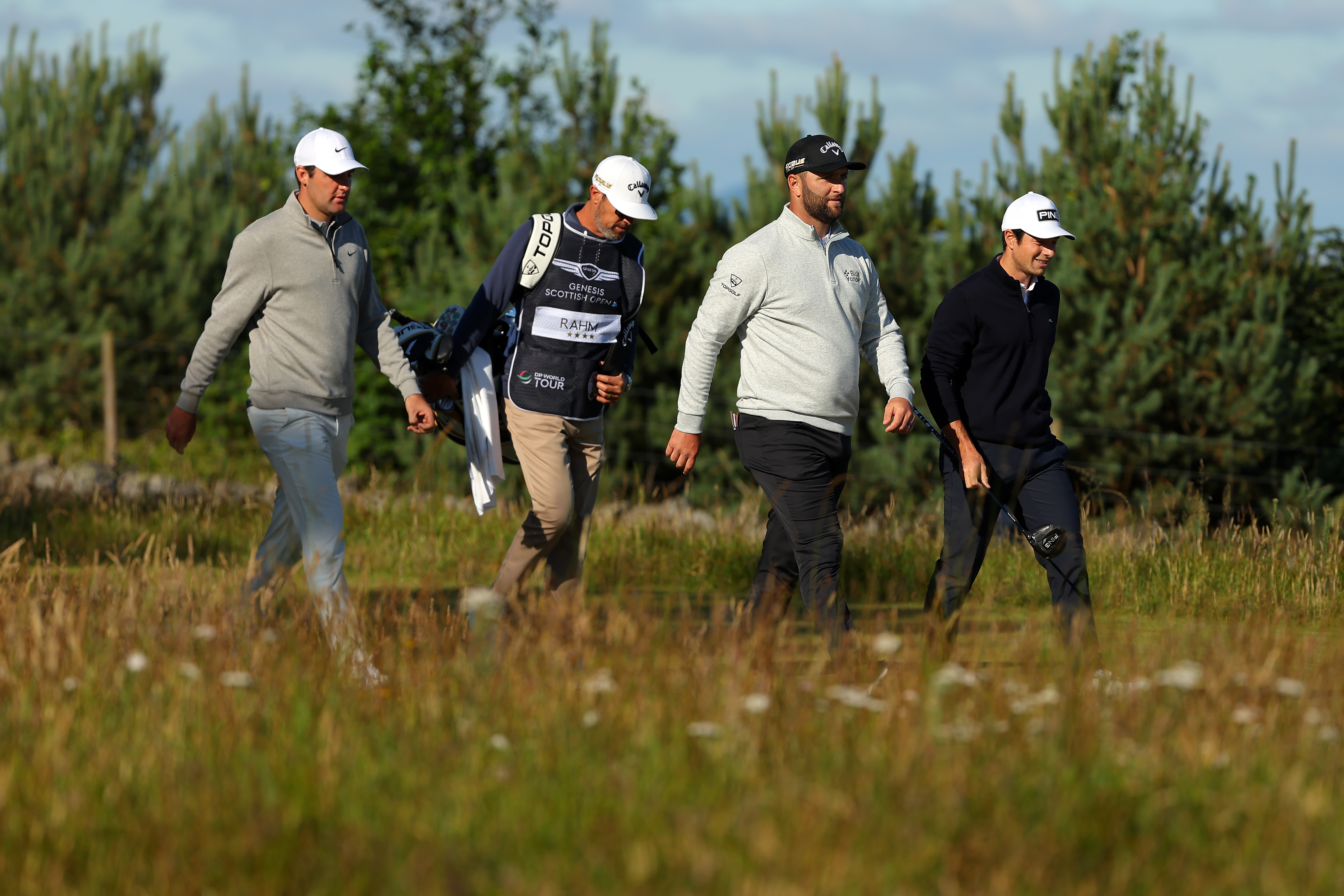Three days into the new year, and the PGA Tour finally announced its winners for the 2023 Player of the Year and Rookie of the Year awards ahead of its first event of 2024 later this week in Hawaii.
Scottie Scheffler won the Jack Nicklaus Award as the Player of the Year for the second consecutive season while Eric Cole picked up the Arnold Palmer Award as the Rookie of the Year. Both had terrific seasons and were worthy of consideration, but should they have been the winners?
Below is a pair of tables for both awards with blind resumes for each. Let’s see what the numbers have to say for both honors.
Player of the Year
| Player | Wins | Major finishes | Runner-up | Top 10 | Top 25 | Missed cuts | Total events |
| Player 1 | 4 | 1-T50-T10-T2 | 2 | 10 | 13 | 1 | 20 |
| Player 2 | 2 | T10-T2-3-T23 | 2 | 17 | 21 | 0 | 23 |
| Player 3 | 3 | T7-T2-19-T13 | 1 | 9 | 18 | 0 | 23 |
Talk about two stellar seasons. Players 2 and 3 didn’t miss a cut and were more consistent with top 10 and top 25 finishes, though they did make three more starts. Player 2 was more consistent but didn’t win as much as Players 3 or 1 (who also bagged a major championship).
Nine players out of 10 would take Player 1’s season over Players 2 or 3. Winning matters more to these guys than just about anything. They don’t tee it up to simply compete and get in contention. That extra win for Player 3 might even trump the slightly more consistent year of Player 2.
Player 1 was Jon Rahm, Player 2 was Scheffler, and Player 3 was FedEx Cup champion Viktor Hovland, who claimed the last two playoff events of the season.
The players will catch some considerable flack for Rahm’s apparent slight, especially after the Spaniard recently took his talents to the rival LIV Golf. This also marks the second consecutive year the winner of the season-long FedEx Cup wasn’t the Player of the Year.
Rookie of the Year
| Player | Wins | Runner-up | Top 10 | Top 25 | Missed cuts | Total events |
| Player 1 | 1 | 1 | 4 | 8 | 1 | 11 |
| Player 2 | 0 | 2 | 7 | 14 | 10 | 37 |
These two contenders had considerably different seasons. Player 1 has a smaller body of work but holds a clear advantage with a win. He finished inside the top 10 in 36 percent of his starts and 73 percent of the time he was in the top 25. Comparatively, 19 percent of the time Player 2 was in the top 10, and 38 percent of his starts ended with top 25 finishes. Once again, the advantage goes to Player 1 (although Player 2 made three times the appearances).
If you didn’t figure it out just by seeing the stats, Player 1 was rising star Ludvig Aberg, while Player 2 was the award-winner Cole. Aberg was in college for more than half the Tour’s season, and his fewer appearances may have weighed him down in the eyes of his peers. That said, he played as often as he could and contended more than his counterpart.
All five players were worthy of consideration, but the numbers point to different outcomes.

